Are you tired of watching your favorite TV shows and movies on a small screen? Have you wanted to watch them on a bigger display for some time now? If so, connecting cable TV to a projector is an effective way for you to maximize your viewing experience. In this blog post, we’ll discuss how setting up cable with a projector can be done in just a few simple steps. We’ll also take an in-depth look at all the necessary components that are required and potential benefits that come from making this switch. So if you’re ready to revolutionize the way you watch cable TV, read on!
What are the Benefits of Using a Projector?
Projectors can be a powerful tool in both the professional and home setting. They help amplify your presentations, lectures, or movies with their large screen size and vivid image quality. [1]
Using a projector can bring several benefits to any presentation or entertainment session you plan to have:
- Bigger impact – A projector allows for images up to 300-inches wide, allowing you to make a much greater impact on the audience than with a standard monitor.
- Flexibility – You can install a projector in almost any location and quickly adjust it to suit your needs.
- Easier sharing of content – When connected to a computer, you can share content through projection making it easier for everyone in the room to see.
- Energy efficiency – Projectors are often energy efficient, using less power to deliver the same amount of brightness compared to other devices like monitors and TVs.
- Mobility – Being light and portable means you can take your projector with you wherever you go.
- Long lasting – Modern projectors are designed to last for thousands of hours so once purchased they should provide years of reliable service.
- Cost effective – Projectors are becoming more and more affordable, making them a great choice for both home and professional use.
The benefits of using a projector far outweigh any drawbacks, making it an ideal solution for anyone looking to make an impact with their presentation or entertainment session. With their portability, power efficiency, and cost effectiveness, there is no better way to bring content to life. Invest in a projector today and be prepared for whatever the future may bring. [2]

What Types of Projectors Are There?
Projectors come in many different shapes and sizes, offering a variety of features. Depending on your needs and budget, there are several types to choose from. [3]
LCD Projectors
Liquid Crystal Display projectors are the most popular type available today. They provide vibrant images with high-resolution color accuracy at a reasonable cost. LCD projectors are ideal for classrooms, conference rooms, and other professional settings. They require minimal maintenance and are relatively lightweight.
DLP Projectors
Digital Light Processing projectors use a chip with thousands of tiny mirrors to create illuminated images. This type of projector is known for producing deep black levels and excellent color accuracy. DLP technology is often used in high-end home theater setups and in movie theaters.
HD Projectors
High-definition projectors use powerful video processors to provide incredibly sharp images with vivid colors and detail. They are ideal for watching movies or gaming, but can also be used for business presentations. HD projectors are generally more expensive than LCD or DLP projectors.
Short Throw Projectors
Short throw projectors have a specialized lens that allows for projection from very close distances. This is ideal in small spaces where there is limited room to place the projector. They also tend to be quieter and cooler than traditional models, making them great for classrooms and boardrooms.
Portable Projectors
Portable projectors are designed to be taken with you wherever you go. They are compact, lightweight, and often come with their own carrying case. These projectors usually have an LED bulb that provides bright projection on the go without needing a power outlet. The image quality may not be as good as with other types, but they provide convenience and affordability. [4]
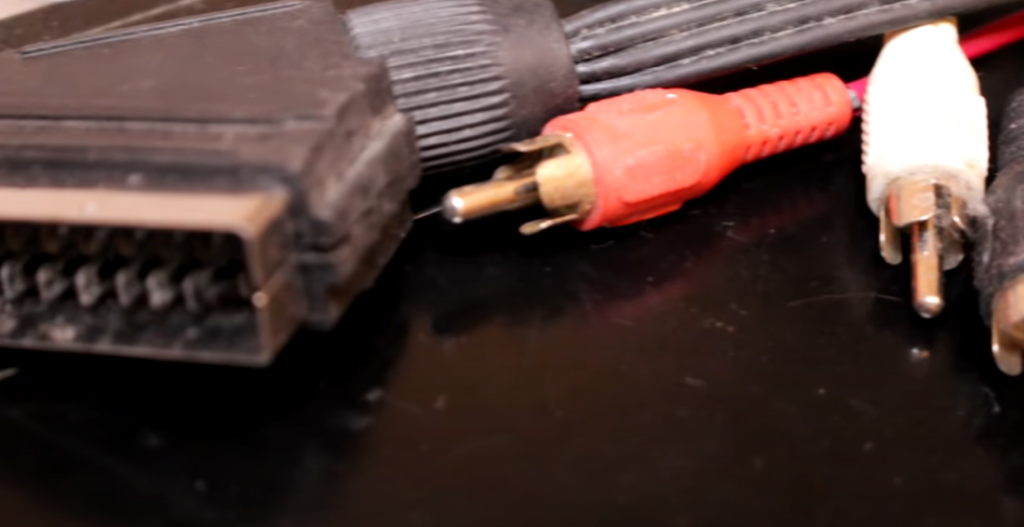
How to Find the Best Projector?
There are several factors to consider when shopping for the best projector for your needs. Here are some tips to help you make an informed decision and find the right projector for you:
1. Resolution & Brightness
One of the most important specs to check when buying a projector is its resolution, which refers to how many pixels it can display in each image. It’s measured in pixels per inch (PPI), and higher is better. You should also consider its brightness, which is measured in lumens and indicates how much light the projector can output.
2. Connectivity
Make sure to check what type of connections your projector has, such as HDMI, VGA, USB, or wireless options like Bluetooth and Wi-Fi. This ensures that you can easily connect it to your laptop, smartphone, or other devices.
3. Setup & Maintenance
It’s important to consider how easy the projector is to setup and maintain. Many projectors come with simple setup instructions, but some may require a bit of tinkering from time to time. You should also check if the projector has any special cleaning or maintenance requirements, like having to replace the lamp periodically.
4. Price & Warranties
Consider your budget and make sure you get a projector that has all the features you need. Don’t forget to also look at what kind of warranties are offered so you can feel secure knowing that your investment is protected.
5. Research & Reviews
Before making a purchase, read through customer reviews and do your own research to make sure the projector you’re buying is reliable and has all the features you’re looking for. This will help narrow down your choices and eliminate any potential problems in the future. [5]
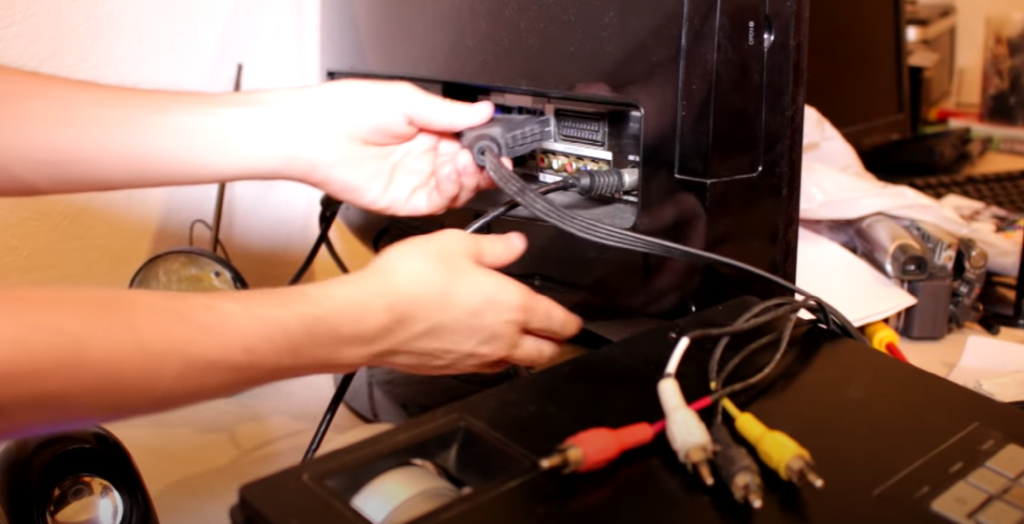
Can You Connect Other Devices to a Projector?
Projectors are a great way to watch movies, play games or even conduct presentations. But did you know that it’s possible to project the content from your smartphone, tablet or laptop onto a projector? [6]
The good news is that with a bit of technical know-how and the right cables, connecting devices like phones, tablets and laptops to projectors is relatively easy.
Connecting a Smartphone or Tablet
The best way to connect smartphones or tablets to a projector is with an HDMI cable. This will allow you to stream audio and video content from your phone or tablet directly onto the projector screen.
To connect your smartphone or tablet, you’ll need an HDMI cable that is compatible with your device. There are different types of HDMI cables available, so be sure to check the specifications before making a purchase.
Once you have the right cable, simply plug one end into the HDMI port on your device and then plug the other end into the HDMI port on your projector. Turn both devices on and you should be able to stream content from your phone or tablet onto the screen.
Connecting a Laptop
Connecting laptops to projectors is very similar to connecting smartphones or tablets. You’ll need an HDMI cable, as well as a VGA adapter if your laptop doesn’t have an HDMI port.
To connect a laptop to a projector, simply plug one end of the HDMI cable into the projector and then plug the other end into either your laptop’s HDMI or VGA port. Make sure you use the correct adapter if necessary. Once connected, turn on both devices and you should be able to stream content from your laptop onto the projector screen. [7]
How to Connect Cable TV to a Projector?
It is possible to connect cable TV to a projector, and it is becoming increasingly popular for home theaters or gaming setups. Connecting your cable box or television to a projector will allow you to display larger images of the same quality as your traditional television. Furthermore, if you have access to an HDTV signal from your provider, then connecting with a projector allows you to take full advantage of that higher quality picture.
Here is what you will need to connect your cable TV to a projector:
- A high definition HDMI cable (or composite cables if needed)
- A signal source (cable box or television)
- An HDTV projector
- Connection ports for the above components
Now, let’s start to connect cable TV.
First Step
Connect one end of the HDMI cable to the signal source (either the television or the cable box). If you have access to an HDTV signal, it is recommended that you use this option as it will deliver higher picture quality.
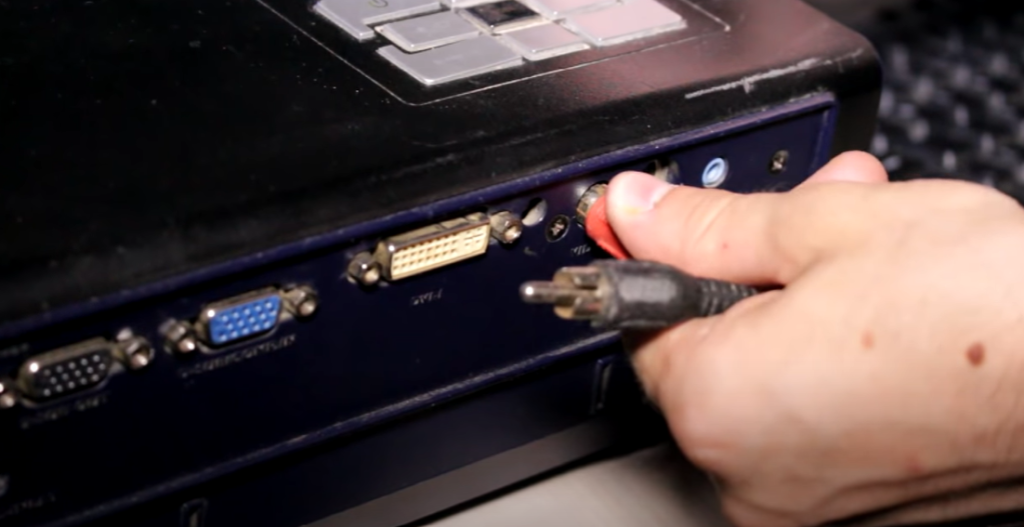
Second Step:
Once you have connected your HDMI cable to your signal source, connect the other end to the projector. If your projector does not have an HDMI port, you can use composite cables instead.
Third Step:
Now that the cable is connected to both components, you must turn on both devices and select the correct input for the projector. This will usually be labeled as “HDMI” or “Video”.
At this point, you should be able to see your cable TV on the projector screen. Adjust the settings of your projector to get the best picture that suits your environment and viewing habits.
Final Step:
Once everything is connected and your image is optimally adjusted, you can enjoy movies and shows from your cable provider in a larger format!
If you have any trouble connecting, don’t worry. There are plenty of resources online that can help walk you through the process step-by-step. With a bit of practice and patience, you’ll be able to connect your cable TV to a projector in no time! [8]
7 Tips for Optimal Projector Setup
Projectors can be a great way to make presentations more interesting and engaging, but setting them up properly is important for successful results. Here are some tips to consider when using projectors:
- Ensure the projector is properly positioned: The projector should be close enough to the projection surface that it isn’t too far away, but also not so close that it casts a large shadow or creates glare.
- Invest in good cables: Poorly-made cables can lead to signal loss or visual distortion, and will create an unprofessional look. Invest in quality cables to ensure reliable connections and clear visuals.
- Connect the projector to a power source: Make sure that the projector is plugged into an outlet or other power source, otherwise it won’t be able to project any images.
- Calibrate your screen size: Most projectors come with preset settings for screen size, but calibrating the size of your screen is important to ensure that images are properly sized.
- Adjust the brightness: The brightness level of the projector should be adjusted to suit the specific presentation and environment. A bright image can strain people’s eyes, while too low a brightness can cause viewers to miss out on important details.
- Invest in a projector screen: A projector screen helps to reflect the image better, resulting in sharper visuals and improved contrast. It can also reduce glare from ambient light sources that could otherwise affect the projection.
- Check for updates: Projector software is regularly updated with bug fixes and new features; make sure your projector’s firmware is up-to-date to ensure the best experience.
Another way to improve the presentation experience for viewers is by utilizing interactive technology such as touch screens or voice-activated systems. This type of technology can add an extra layer of engagement and create more memorable experiences. Additionally, it can be used to create interactive quizzes or polls that encourage audience participation and make the presentation more dynamic. [9]
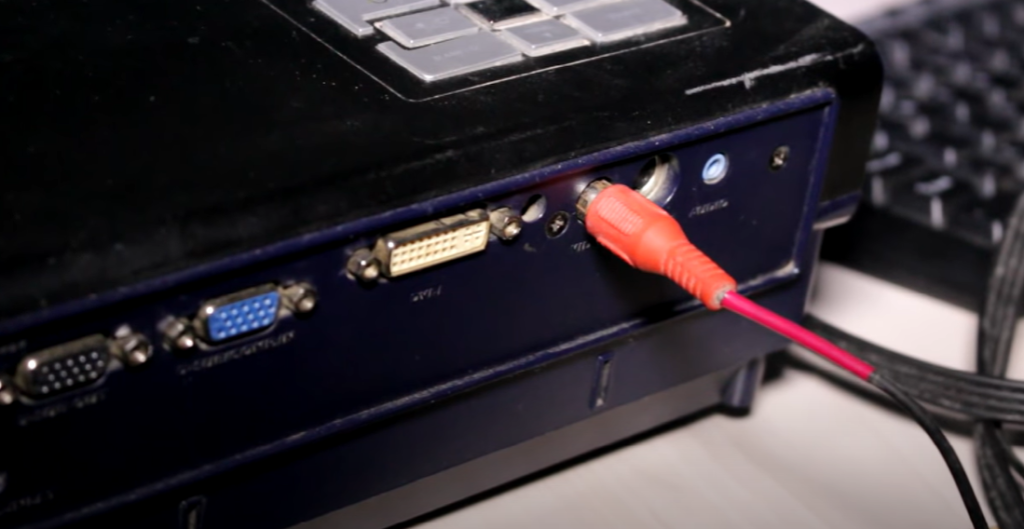
FAQs
Can you plug a TV cable into a projector?
Yes. Depending on the type of projector and the cable you’re using, you may need an adapter or converter in order to connect them properly. Ensure both devices are compatible before attempting this connection. Additionally, make sure your projector and TV cables support HD video modes for optimal performance. To get the most out of your projector, it’s best to invest in a high-quality HDMI cable that can transmit both audio and video signals. This will ensure the highest picture quality available.
What cable connects to the projector?
When connecting a projector to your device, the type of cable you need depends on both the input and output ports available.
The most common connection types are HDMI, VGA, DVI, and S-Video cables. If your computer or laptop has an HDMI port then this is the best choice for connecting your projector as it delivers the highest quality image and sound.
If your computer or laptop doesn’t have a HDMI port, then you might need to consider using VGA cables as these are commonly available and relatively cheap. DVI cables may also be used in some cases, but it is important to make sure the projector supports them first.
S-Video cables should only be used if all other options are not available as the image quality they offer is usually very low.
Whichever cable you use, always ensure that it is securely connected to both your device and projector before turning them on. Doing so will help to avoid any compatibility or connection issues down the line.
How can I use my projector as a smart TV?
Using a projector as a smart TV is an easy and affordable way to enjoy all the latest movies, shows, and other content on your big screen.
The first step is to connect your laptop or computer to the projector using an HDMI cable. Make sure to check that both your projector and computer support the same type of HDMI connection, as some projectors may not work with Type C HDMI.
Once connected, you can begin streaming content directly from your computer. You can watch movies through Netflix or Hulu on a web browser, or use video streaming services like YouTube and Vimeo. If you want access to even more streaming services, you can connect a streaming media player such as Roku or Apple TV to the projector.
If you want to watch content stored on your computer, it’s easy to do so with Windows Media Player. All you need to do is select the “Play To” option and then choose your projector from the list of available devices.
Can a projector replace a TV?
A projector can be a viable alternative to a TV in some situations. A projector can offer a larger image size than most TVs while still providing good picture quality and colors. It also allows you to adjust the image size depending on your needs, creating an immersive viewing experience. However, there are some drawbacks when comparing projectors vs. TVs. Projectors require more space to operate, as you need a dark room or area to ensure optimal picture quality. Projectors also require more maintenance than TVs since the bulb needs to be replaced every few thousand hours.
These tools are ideal for home theaters and outdoor movie nights, but if you just want to watch TV in your living room, a traditional television might be a better choice. Still, with the rising popularity of projectors, it’s worth considering if a projector is the right option for you. They offer many features that TVs don’t have such as increased brightness, higher contrast ratios, and easy speaker integration.
Useful Video: Connect TV with PROJECTOR (UHD Video)
To Sum Up
Ultimately, with the right cables and video processing device, connecting cable TV to a projector is a feasible task. With just a few simple steps, you’ll be able to enjoy your favorite shows on the big screen in no time! If you have further questions on the topic, consult with an audio-visual expert. Now that you know the answer to ‘Can You Connect Cable TV to a Projector?’ go forth and reap the rewards of multiplying your viewing experience ten fold. Enjoy how much easier and more convenient it will make movie nights or everyday streaming sessions. It doesn’t matter whether you’re trying to set up a home theater, or simply want to binge watch from the comfort of your own bed – now you know how easy it can be! So don’t wait any longer – get started now and take advantage of this amazing technology.
References:
- https://www.lg.com/in/magazine/projector-advantages-for-home-entertainment
- https://www.viewsonic.com/library/entertainment/advantages-of-projectors/
- https://www.moglix.com/articles/types-of-projectors-based-on-their-applications
- https://www.newvisiontheatres.com/types-of-projectors
- https://www.purple-cat.co.uk/projector-buying-guide-how-to-choose-a-projector/
- https://www.the-home-cinema-guide.com/projector-multiple-devices.html
- https://www.avfive.com/blogs/news/how-to-connect-your-projector-to-multiple-devices
- http://www.technologyequipmentrental.com/pdf/infocus_standardcable_how_toguide_hometheater_en.pdf
- https://thesmartlocal.com/read/home-projector-system-singapore/

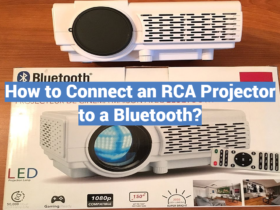
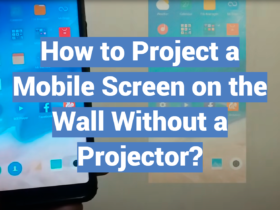

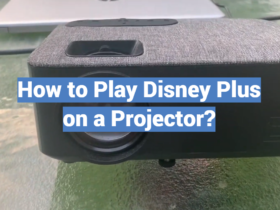
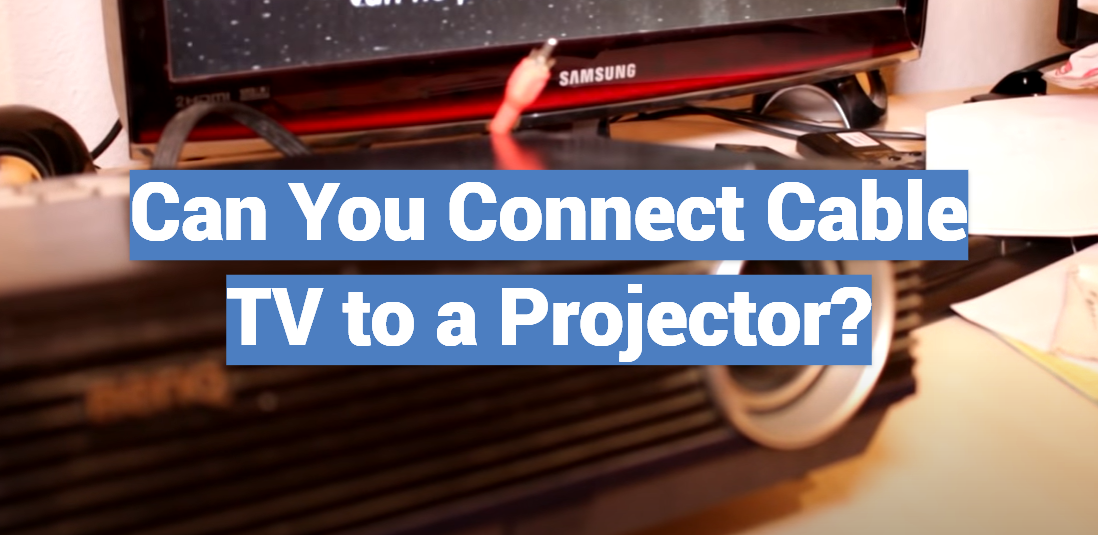

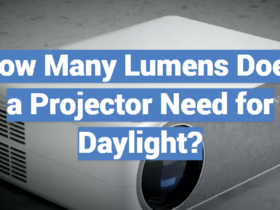
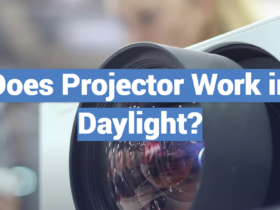

Leave a Review